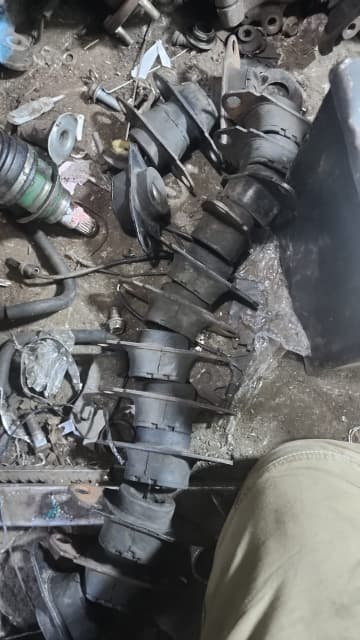Over time, engine mounts wear down due to constant exposure to vibrations, temperature changes, and mechanical stress. Some of the most common symptoms of a bad engine mount include:
🔹 Excessive vibrations: If the mount's rubber has deteriorated or torn, the engine will lose its insulation and send vibrations to the vehicle's body, which can be felt especially in the steering wheel or dashboard.
🔹 Abnormal noise: A damaged engine mount can cause knocking or clicking noises when starting the engine, shifting gears, or accelerating abruptly. This occurs because the engine moves more than usual and hits other parts of the engine compartment.
🔹 Excessive engine movement: If the mount is broken, the engine may tilt or move excessively when accelerating or decelerating. In severe cases, it can even disconnect hoses or electrical wires.
🔹 Jerking or jerking when shifting gears: In vehicles with automatic transmissions, a faulty mount can cause a sudden jerk when shifting from "P" (Park) to "D" (Drive) or "R" (Reverse).
🔹 Fluid leaks (on hydraulic mounts): If the engine mount is a hydraulic type and develops a leak, it will lose its cushioning capacity and produce symptoms similar to a completely broken mount.
